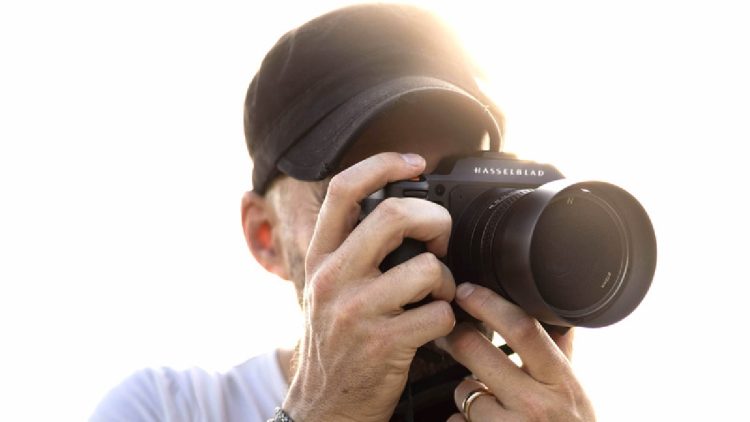Various elements in photography come together to create an image that meets the standards of a ‘good’ picture, even more for a beautifully emotive and inspring image. But learning the specific technical aspects of a captivating shot is an investment of time, energy, and dedication on the part of the photographers. Taking a photograph is skill, but on higher levels an art form that requires not just training and practice but also the knowledge of some of the major elements of photography – Lighting, The Rule of Thirds, Lines, Shapes, Textures, Patterns, and Color.
Lighting
Light in photography refers to how the light source, natural or artificial, and the position of the light enhances the subject being photographed. Lighting is considered one of the most important elements when it comes to taking a good photograph. The position and quality of light can affect a number of things, such as clarity, tone, and atmosphere, in the final image. Therefore, it is necessary to control and manipulate light to bring the best texture, vibrancy of color, and luminosity to the photograph.
The Rule of Thirds
The Rule of Thirds is a composition guideline that places the subject of the photograph in the left or right third of an image while leaving the other two-thirds more open. While there are other forms of composition in photography, photographers tend to use this rule as the resulting image is not only a well-composed shot but also compelling. This technique draws the viewer’s eye to the image and places more emphasis on the subject.
Lines
In photography, a line is defined as a path that either cuts across the frame or joins two points of the image together. It adds a symmetry that is pleasing to the eye in the overall composition of an image. Moreover, the Line has the ability to lead the viewer’s eye around the photograph while also keeping their attention.
Shapes
Another element that photographers use to make their images better is shapes. Most photographs contain one or more shapes of some sort, as it allows the subject to stand out and make for a better image. Much like lines, shapes are used to help catch the viewer’s eye and help keep the focus on the subject.
Textures
Finding and incorporating objects with fascinating textures in a photograph makes for a more captivating image. There is a strong correlation between an object’s texture and its emotional impact, and the attention it receives. It is best to emphasize the texture if it is important to the main subject of the photograph – otherwise, it might distract from the focus point of the image and over-complicate the picture.
Patterns
Shapes and textures that are repeated in a rhythmic arrangement are called patterns. Some photographs might be full of designs repeating over and over, unifying the entire image. Patterns allow a photographer to be precise and act as the focal point of the image.
Color
Another hugely important element of photography is the use of color, even in black and white photography, believe it or not. A color wheel is a tool that all photographers use as a guide to which colors would go best together in a photograph. These colors on the wheel are often referred to as hues, so often the colors that are opposite to another color on the wheel are the ones that go together the best much of the time, but there are many various ways to combine colors depending on what the photographer wants to show and say with the image in terms of mood, intent and emotion.
Many elements in photography come together to form an image that is worthy of being noticed. Successful photographs are built on the foundation of the aforementioned technical elements. It does not matter if a photographer uses only a few of these skills for their photographs or all of them. If they utilize the elements properly, they can create truly beautiful images.
























